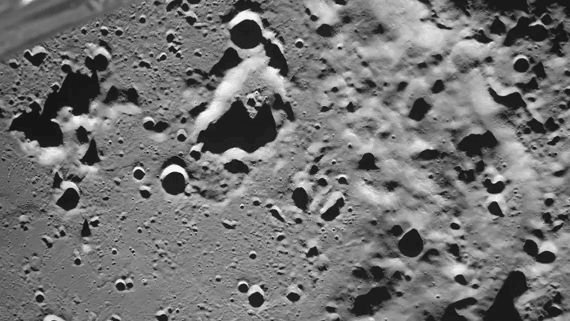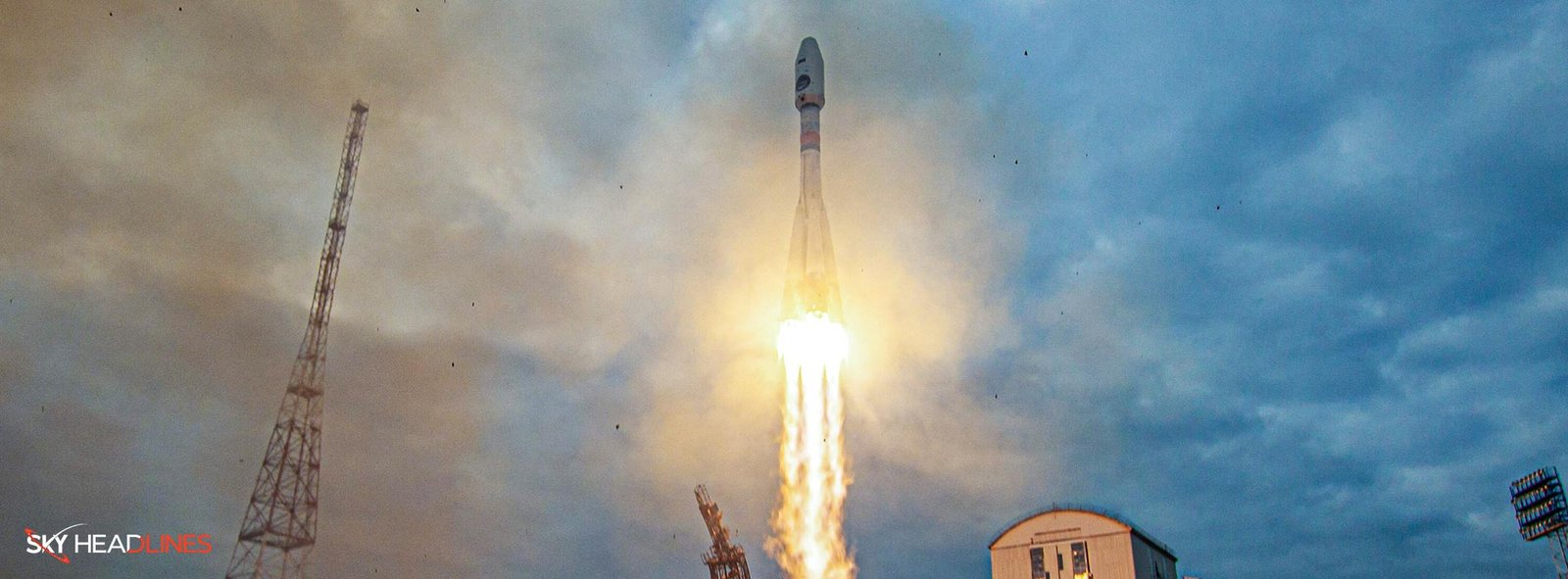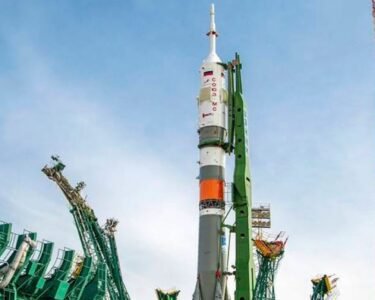Introduction: The High Hopes for Luna-25
The Luna-25 mission was highly anticipated as Russia’s comeback to lunar exploration after almost 50 years of hiatus. This mission was designed to symbolize Russia’s re-entry into the realm of space exploration, particularly targeting the moon. However, the events that unfolded tell a different story. Luna-25 failed to accomplish its mission, crashing into the lunar surface on August 19, adding another setback to Russia’s already struggling space program.
Luna-25: A Significant Setback in 2023
Russia’s journey to the moon came to an abrupt halt when Luna-25 crashed on August 20, 2023. The spacecraft was Russia’s first lunar probe since the Soviet era, making its failure not just a technical mishap but a blow to national pride. This Luna-25 setback also places Russia further behind in the new global space race, where competitors like the United States and China are making significant strides.
Luna-25 Mission Timeline: A Promising Start That Ended in Despair
The Luna-25 spacecraft started its mission with optimism. Launched successfully on August 11, it spent a promising three days in lunar orbit. However, things took a turn for the worse during an orbit correction maneuver. What was supposed to be a routine action led to Luna-25’s unexpected descent and subsequent crash on the lunar surface. Yuri Borisov, the new head of the Russian space program Roscosmos, pointed out that an overactive propulsion system was likely at fault. It functioned for 127 seconds instead of the planned 84, effectively sealing the Luna-25 mission’s fate.

Technical Issues Behind Luna-25’s Mishap
The exact technical issues behind the Luna-25 mishap are still under investigation, but Roscosmos, the Russian space agency, has provided some preliminary information.
According to Roscosmos, the spacecraft’s engines failed to shut down properly during a pre-landing maneuver. This resulted in Luna-25 entering an uncontrolled descent and crashing into the moon’s surface.
There are a few possible explanations for why the engines failed to shut down properly. One possibility is that there was a problem with the spacecraft’s software. Another possibility is that there was a hardware failure, such as a sensor failure or a problem with the engine itself.
Roscosmos is currently investigating the cause of the engine failure. Once the investigation is complete, the agency will take steps to prevent similar failures in the future.
Here are some specific technical issues that could have caused the Luna-25 mishap:
- A problem with the spacecraft’s guidance, navigation, and control (GNC) system.
- A problem with the spacecraft’s engine control system (ECS).
- A failure of one of the spacecraft’s engines.
- A problem with the spacecraft’s fuel system.
- A problem with the spacecraft’s electrical system.
It is also possible that the Luna-25 mishap was caused by a combination of these factors.
The Luna-25 mishap is a reminder of the challenges of space exploration. Even the most advanced spacecraft can experience technical problems. It is important to learn from these failures and to develop new technologies and procedures to prevent them from happening again.
Luna-25 vs. Chandrayaan-3: Contrasting Fortunes
The failure of Luna-25 was made even more glaring by the success of India’s Chandrayaan-3 mission. Just four days after Luna-25’s failed attempt to land, Chandrayaan-3 successfully touched down near the moon’s South Pole. This was a significant achievement for India and brought into sharp focus the shortcomings of the Luna-25 mission. While one nation celebrated a triumph, the other was left to analyze its failure.

Future Lunar Missions: Luna-26 and Beyond
Despite the unfortunate failure of Luna-25, Russia has not given up on its lunar ambitions. Roscosmos has announced the upcoming Luna-26 mission, expected to launch in 2024, and Luna-27 in 2025. These missions aim to focus on scientific research and resource exploration on the moon. But the shadow of Luna-25 looms large over these future endeavors. The key question is whether Russia can bounce back from this failure to successfully execute future missions.
Impediments to Russia’s Lunar Ambitions
It’s not just technical hitches that Russia needs to overcome to ensure the success of future lunar missions like Luna-26 and Luna-27. Russia is grappling with numerous other challenges, including economic sanctions and internal budget cuts. Brain drain in the scientific community is another significant obstacle that needs addressing. All these factors put a question mark over Russia’s ability to fulfill its lunar aspirations.
Economic Concerns and Luna-25
Amid economic sanctions and a declining ruble, funding is a big question in the resurrection of lunar projects similar to Luna-25. Russia’s economy may not allow for the kind of budget that a successful lunar mission demands. Economic challenges add another layer of complexity to Russia’s lunar ambitions, raising questions about the feasibility of upcoming missions like Luna-26 and Luna-27.
Lessons from Luna-25 for Future Missions
The Luna-25 mission serves as a critical learning point for Russia. It highlights the areas that need immediate attention, including better pre-launch testing, more reliable onboard systems, and better risk management strategies. Russia will need to learn quickly from the Luna-25 failure to avoid similar setbacks in upcoming missions.
Conclusion: Luna-25 and The Uncertain Path Ahead
While Roscosmos remains committed to its lunar exploration objectives, the failure of the Luna-25 mission serves as a poignant reminder of the challenges ahead. Technical difficulties, economic issues, and a rapidly evolving global space race make the pathway to success increasingly intricate.
Luna-25 stands as both a symbol of Russia’s high hopes for re-establishing its lunar presence and as a stark reminder of the obstacles that lie in the way. The lessons learned from Luna-25’s failure will be crucial in shaping Russia’s future endeavors into space exploration. Although setbacks are an inevitable part of any scientific endeavor, what matters most is how one recovers and moves forward. Therefore, all eyes are now on Russia’s next steps in its ambitious journey back to the moon.





